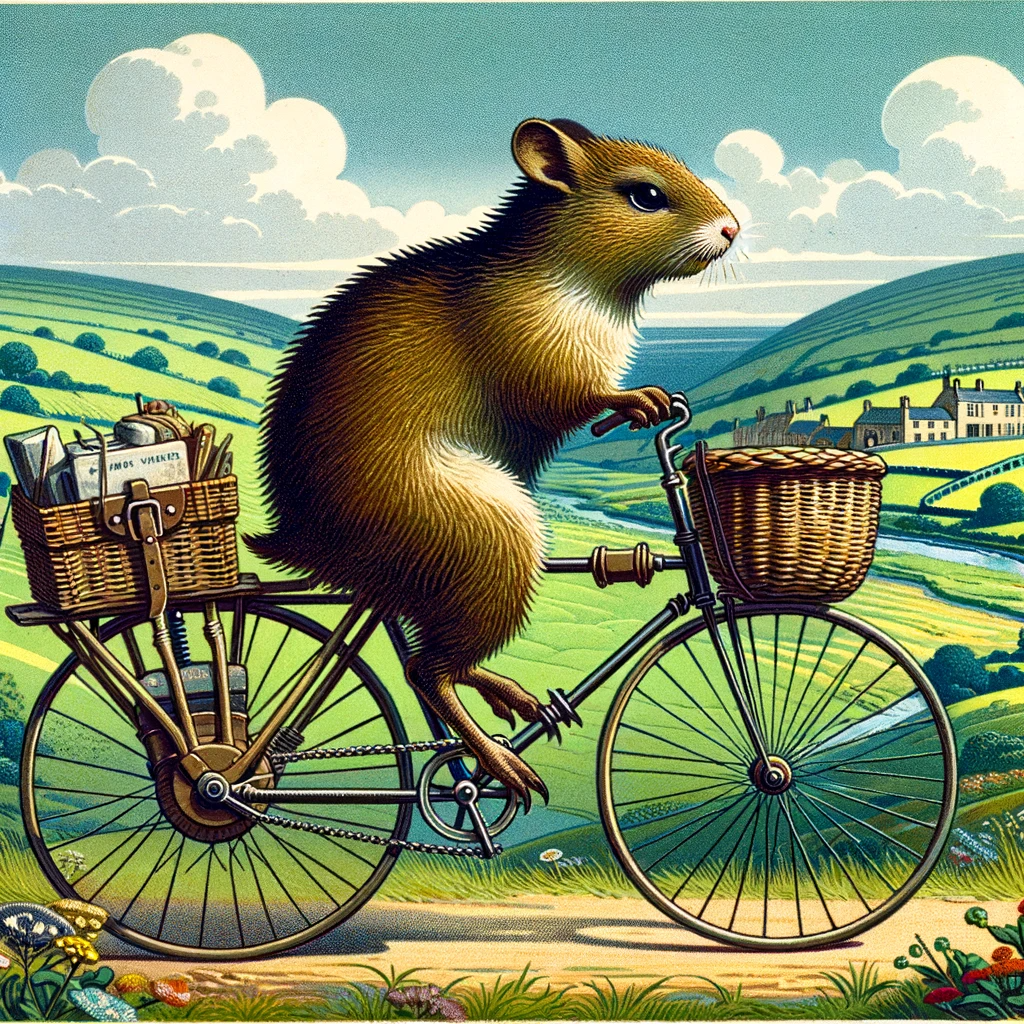Weather app fail this morning, dressed for the -1 not so much for the torrent of rain that accompanied it mid-ride. Trousers soaked but lucky I had my merino wool base layers on held up enough on the water but more importantly the temperature. All hail, premium sheep hair!


Any polyester could’ve done that but without animal abuse?
Oh boy! Microplastics!
No. Polyester simply doesn’t have the same properties that wool does. Polypropylene is a good base layer for moving sweat away from your skin, but won’t keep you warm when it’s soaked. Cellulose fibers (cotton, linnen, hemp, rayon, etc.) soak up water, and will kill you from hypothermia in cold weather. Also, shearing sheep is not inherently harmful or abusive; on the contrary, sheep that are not shorn may become immobile due to the bulk of the wool. Sheep have been selectively bred for thousands of years for wool production, and so failing to shear a sheep is harmful to them. Additionally, wool is FAR better for the environment overall than any synthetic fiber, which are all made from oil.
I have a polyester ski jacket and I haven’t frozen to death on the slopes yet.
Selectively breeding an animal to be reliant on you does not suddenly give you the right to do anything to them. If you really believe they suffer unless you put them through the shearing process (which is not peaceful, look it up on YouTube) then maybe don’t breed them into existence? This is the same concept as pugs who have been selectively bread to look cute but would be better off not being bred into existence because of their many physical problems caused by this selective breeding.
You also fail to mention that all sheep go to a slaughterhouse where they are killed by stabbing at a fraction of their natural lifespan.
Source? I don’t believe you can justify animal abuse with this but since you seem to think so so I will entertain you.
Have you tried falling through ice into a river yet? Give it a shot, let me know how it goes. Get it completely saturated, and then hang out in sub-zero temperatures for a few hours or overnight. If you survive, try the same exercise in the same kind of layers of wool clothing.
Read what I actually said again: shearing is not INHERENTLY harmful. It can be harmful, on farms that are careless in their treatment of livestock. But how many videos do you think PETA is going to put on YouTube of sheep shearing that doesn’t hurt the sheep? Or do you think that maybe they’ll only post videos that reinforce their position?
We’re well past that point; they already exist. Are you suggesting that we should slaughter all of them…?
That’s not actually relevant to the production of wool though, is it? It’s utterly irrelevant to the wool; you could let the sheep graze and shear them annually, and allow them to die of natural causes, and it would make zero difference to the wool itself.
The vast majority of the microplastics that are going into everything on the planet are from synthetic fibers, particularly polyesters. (source) The product itself, not just the creation of the product, is harmful to the environment. Most synthetic fabrics degrade by breaking down into smaller fibers, rather than actually rotting away, so you get harm done at both ends of the produce. Natural fibers (and rayon, which is cellulose) will biodegrade completely over time. There is no way to mitigate the damages caused by microplastics; we don’t have an effective way of removing them from the environment. Conversely, carbon dioxide can be mitigated, by reducing reliance on fossil fuels, and by reforestation. (Although, TBH, we don’t mitigate it, and we’re already past the point of no return, so…)
…Except that these items are not comparable, because they perform differently under adverse conditions. The similarities are in the form, not the fiber. Sure, if the extent of your exposure to weather is walking to and from your car in the winter, you’re never going to notice a difference. If you go camping for a week in the Tetons in January, you absolutely WILL notice the difference. Cotton has to be heavily treated–with Teflon, with parafin or beeswax–in order to be water resistant; wool is naturally hydrophobic. That’s pretty important when you’re outdoors in cold weather.
I don’t know how my jacket is gonna stop my shoes from getting wet and causing my toes to freeze off in this case? But even if I personally don’t have the survival skills for that situation, I don’t think the jacket would be the issue, there is vegans climbing Mount Everest.
I never mentioned them. I was thinking like tutorial videos of how to shear sheep. It is almost never nice for the animal.
You’re saying this as if farmers aren’t going to slaughter them? If you would stop breeding animals the problem would be gone in 6 years (or 20 if you stop sending them to slaughter prematurely)
From your source:
what’s the natural lifespan of sheep without protection from predators and disease and starvation and dirty water and the elements and access to veterinary care?
A quick google: Wild sheep(mouflon) live 8 to 12 years in the wild. Farmed sheep are killed at 3 to 6 years old (excluding lamb which are killed at between 10 weeks to 6 months old)
wild sheep have not been domesticated. we are taking about different animals.
Do you mean to say that it’s justified to slaughter the domesticated sheep because it doesn’t have the instincts anymore to run from predators? A dog also doesn’t have the same instincts as a wild wolf and probably wouldn’t survive long in the wild either but I’m not gonna kill and eat them because of that.
no. I’m saying the natural lifespan of domesticated sheep is exactly as long as we decide.